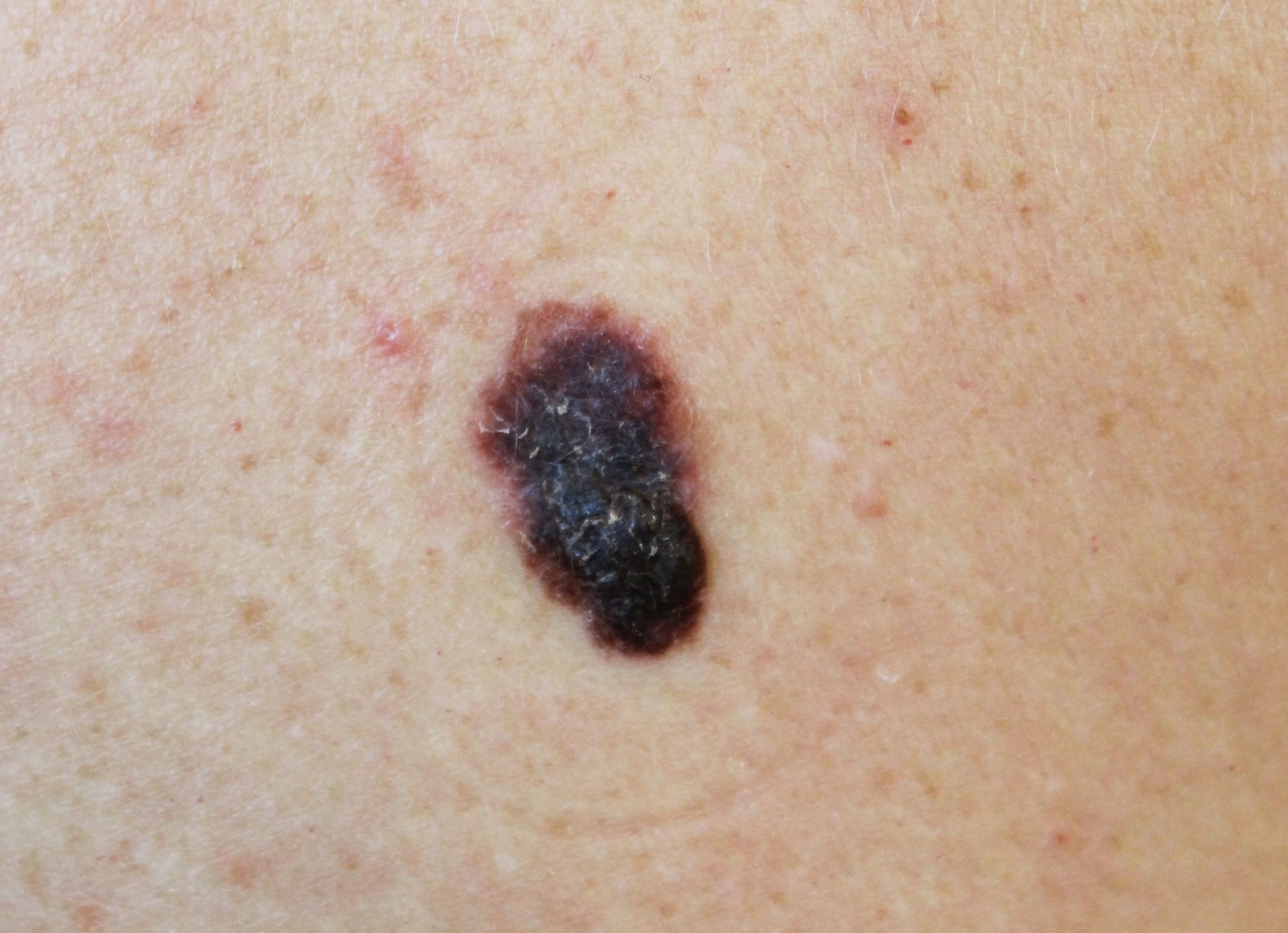Melanoma and Skin Cancer Awareness
It’s May, which means it’s also melanoma and skin cancer awareness month! Any one of us, regardless of skin color, can get skin cancer…..which is why early detection is the key! Do you do your yearly skin checks? If not, we’re here to give you some stats and facts about why coming in for skin checks and being familiar with what to look for in your moles is so important.
Skin cancer is the most common cancer in the United States and worldwide. 1 in 5 Americans will develop skin cancer by the age of 70 and having 5 or more sunburns doubles your risk for melanoma. (skincancer.org)
If you’re unfamiliar with the term melanoma, it occurs when the pigment-producing cells that give color to the skin become cancerous. Melanoma is the deadliest form of skin cancer. If that doesn’t get your attention, how about this? Every hour of every day one American dies from melanoma – that’s approximately 10,000 per year. There’s also good news though. Melanoma, the deadliest form of skin cancer, is treatable if detected early.
There are a number of things we can be doing to help prevent melanoma from developing in the skin, but the number one thing is PROTECT yourself! Wear and reapply that sunscreen when out at the beach, grab that umbrella, throw on a hat, sunglasses, and cover-up. While some people are more at-risk than others (like fair skin or medical history of melanoma in the family) there are tons of benefits from protecting yourself from the sun, even if you don’t burn.
Start getting in the habit of checking your skin at home, so you’re aware of new or changing moles. Remember, early detection is key to successful treatment.
What should you be looking for when doing at-home skin exams? Symptoms might include a new, unusual growth or a change in an existing mole. That’s where the ABCDE’s come in. This quick guide will walk you through what to look for when checking out your moles.
- a – asymmetrical shape
Melanoma lesions are often irregular, or not symmetrical, in shape. Benign moles are usually symmetrical. - b – border
Typically, non-cancerous moles have smooth, even borders. Melanoma lesions usually have irregular borders that are difficult to define. - c – color
The presence of more than one color (blue, black, brown, tan, etc.) or the uneven distribution of color can sometimes be a warning sign of melanoma. Benign moles are usually a single shade of brown or tan. - d – diameter
Melanoma lesions are often greater than 6 millimeters in diameter (approximately the size of a pencil eraser).
Since melanoma can occur anywhere on the body, this is best way to determine if a lesion needs to be seen by a professional healthcare provider. The lesion can be tested and then diagnosis determined. Treatment may involve surgery, radiation, medications, or in some cases chemotherapy.
Moral of the story is to be smart, be safe with the sun, and when in doubt get a professional to take a look at you. Call our office to schedule your skin check today! 910-256-4350.

